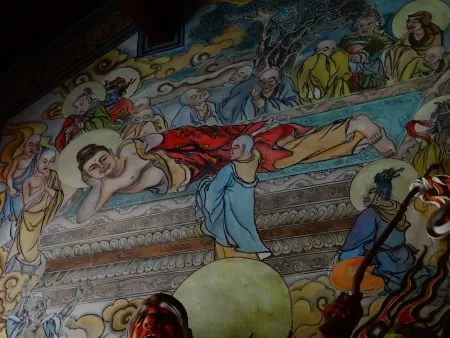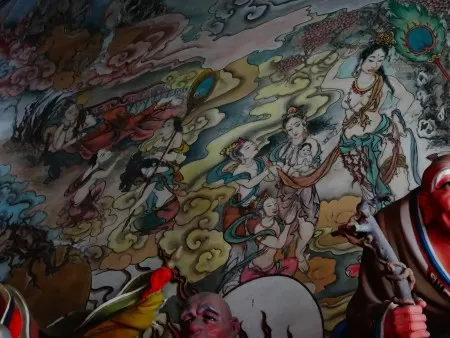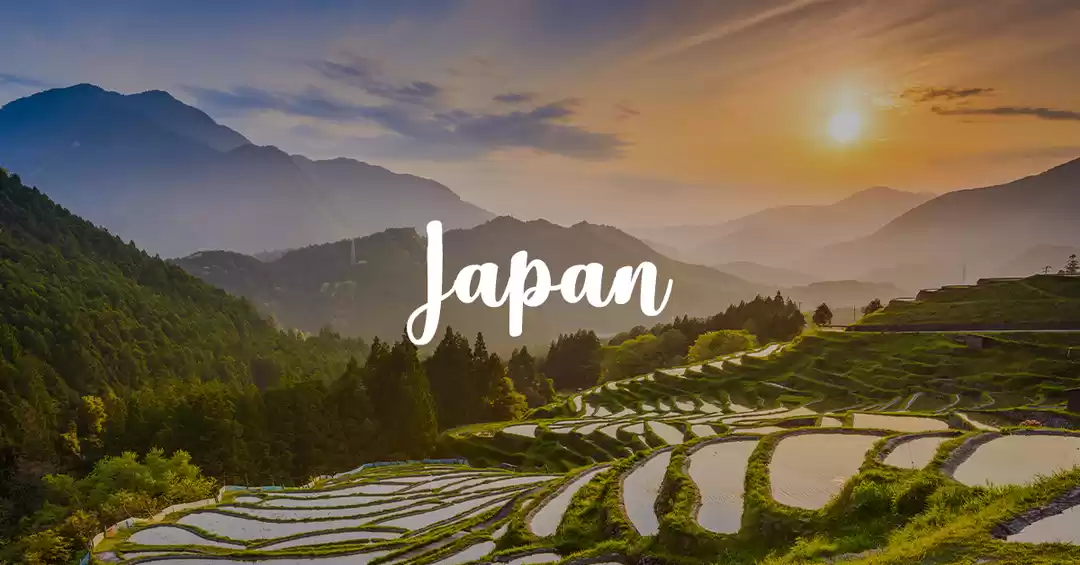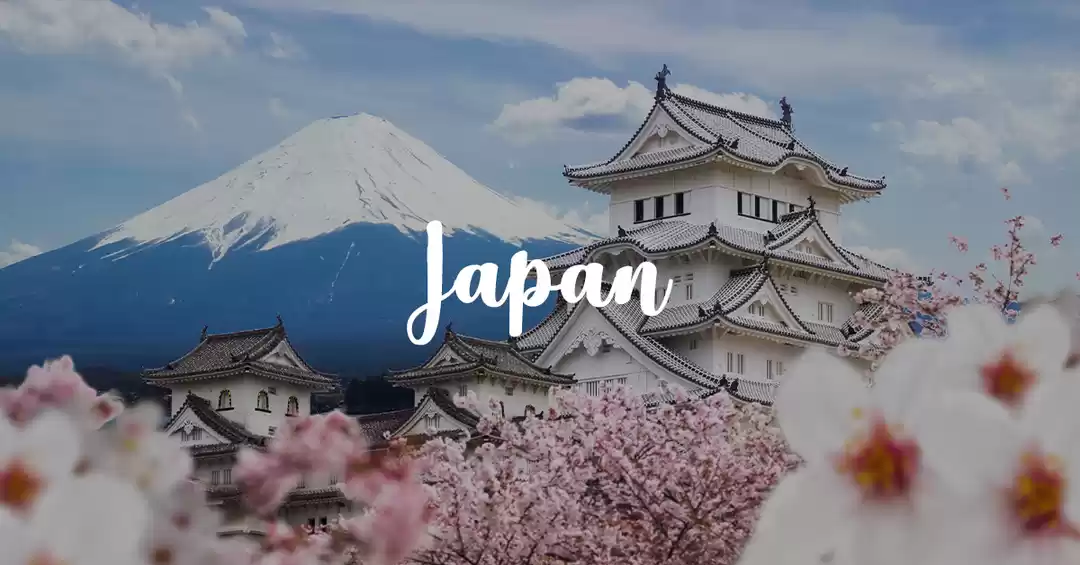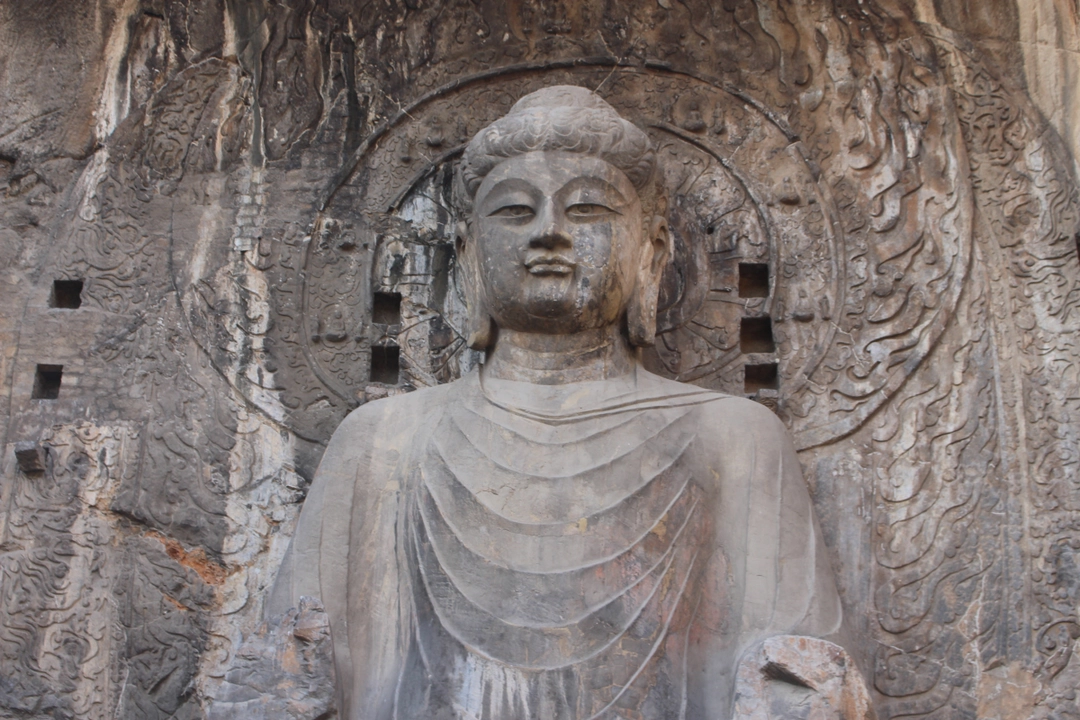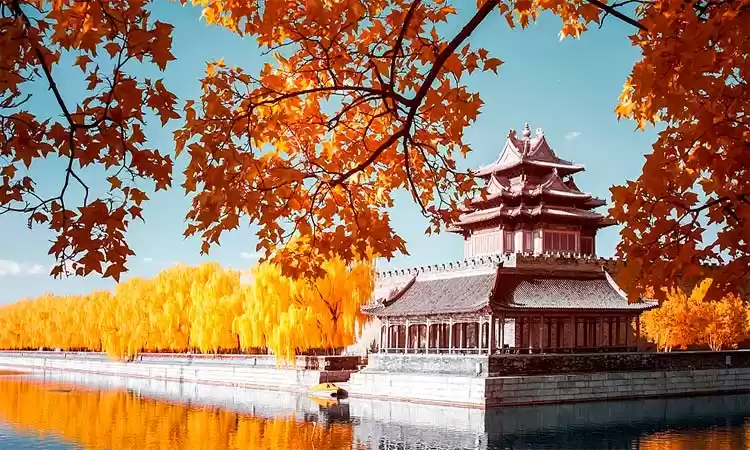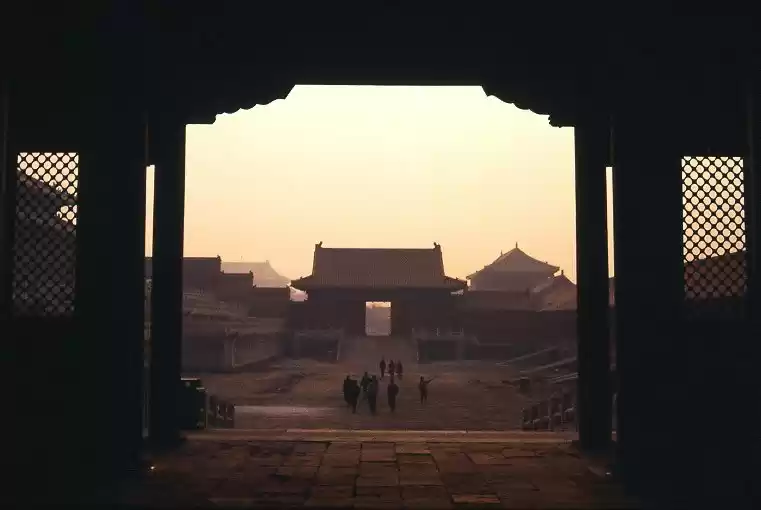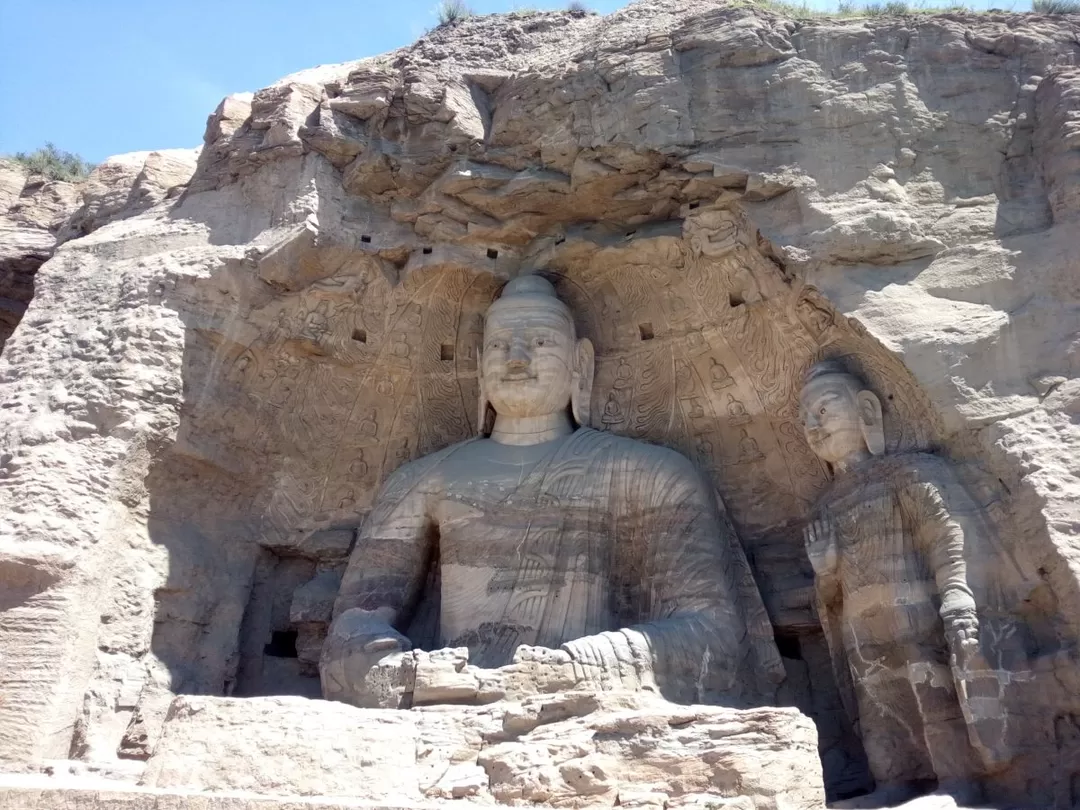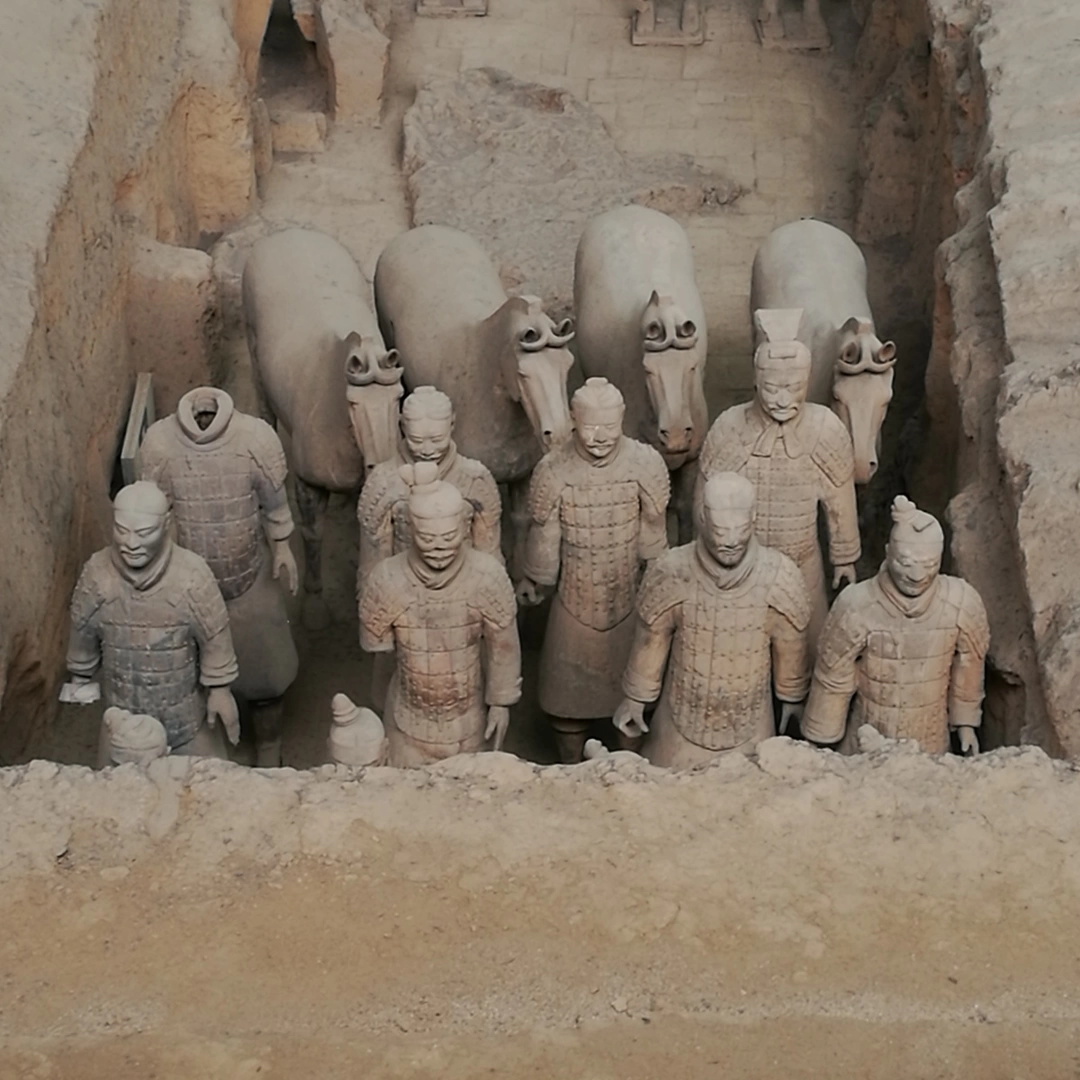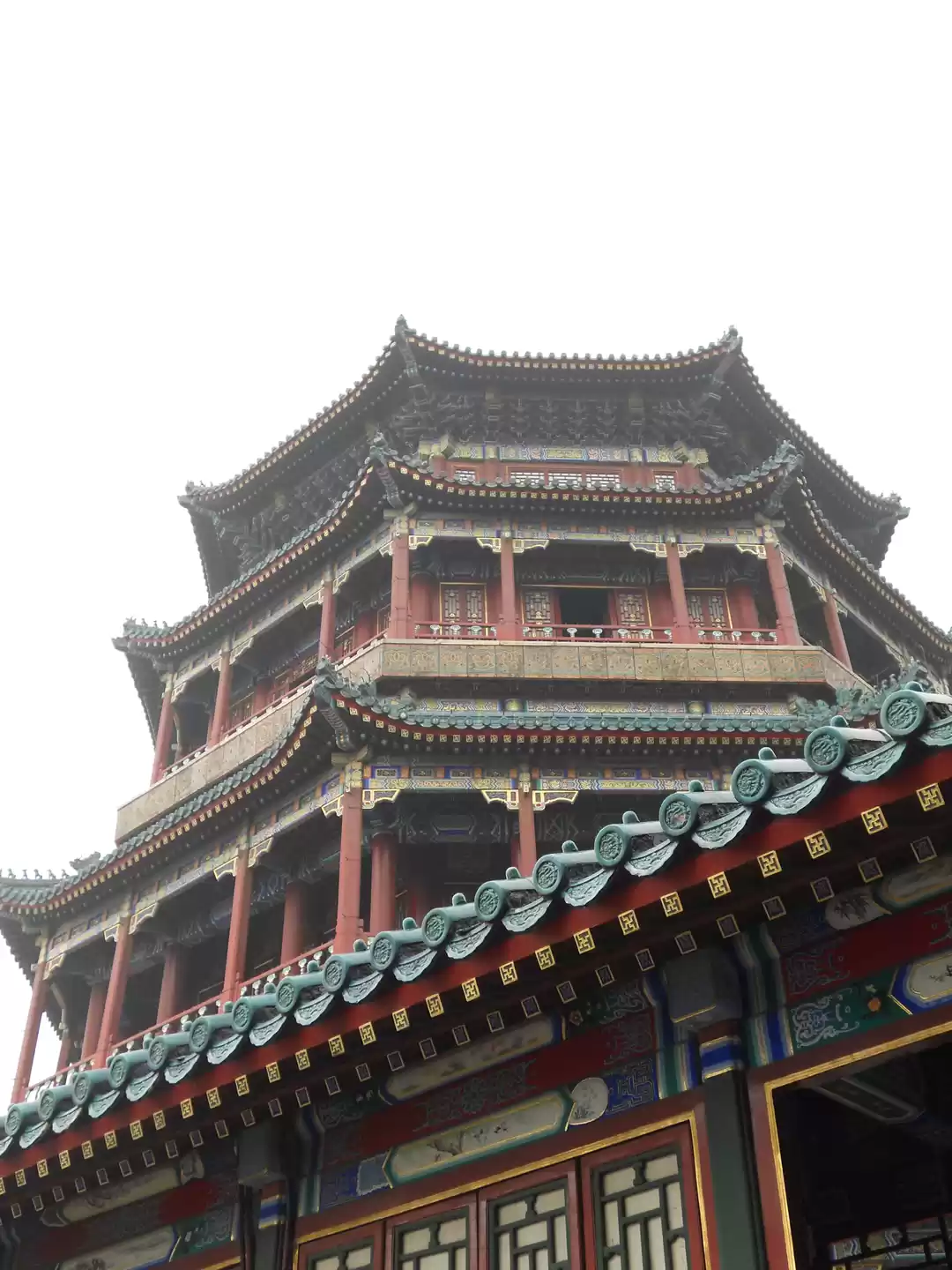

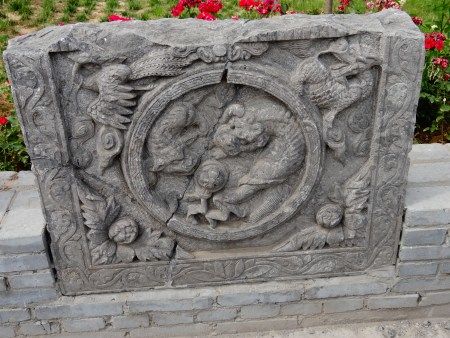
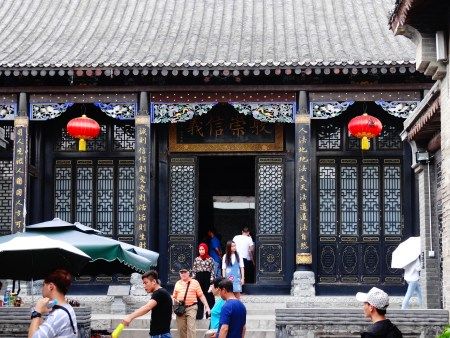
The province of Henan resides in central China, and is home to the largest population here. Although the modern day center is the famous Beijing, China's history has to a large extent actually centered around Henan itself. Of the six ancient capitals in the country, three of them are in Henan. If you've ever watched some of the popular Chinese martial arts films, you will have heard the names "Luoyang," Kaifeng," and "Shaolin Temple." I now can proudly say I've been to all these places and more! At this point, I've visited:
Anyang
Xinyang
Nanyang
Pingdingshan
Zhoukou
Zhumadian
Zhengzhou
Xinzheng
Kaifeng
Luoyang
and more!
This past weekend, I got the opportunity to add a new city to my list -- Gongyi (巩义市). Gongyi is a small city about 1 hour from Zhengzhou (the capital). On one side you have Mount Song and many hills (beautiful!). On another, it is bordered by the Yellow River, one of the 2 most famous in China.
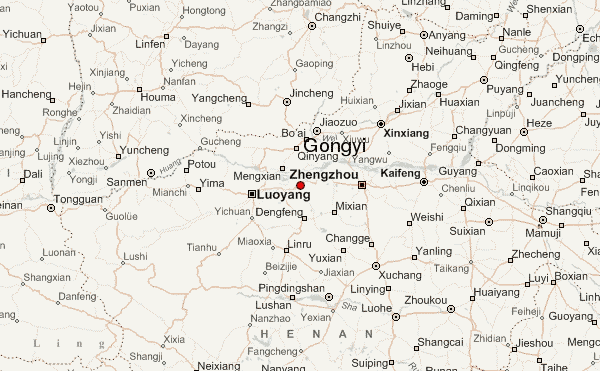
The entire trip for us was planned by the Henan Tourism Organization (the provincial tourism committee), so we didn't actually have to pay for anything. However, the cost wasn't bad at all even if you did pay.
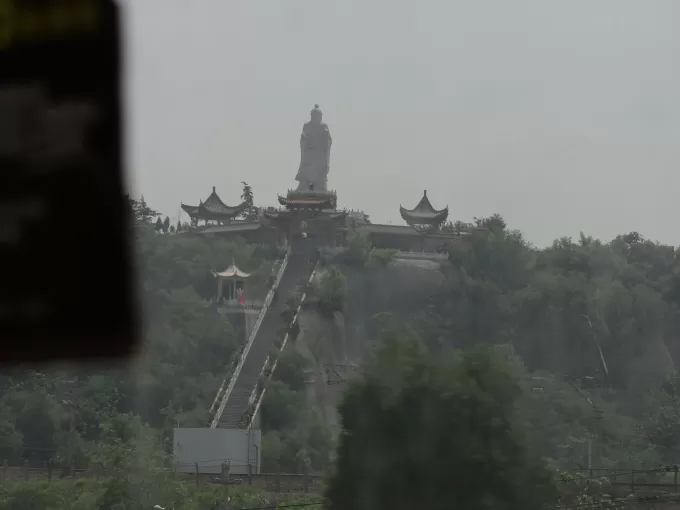
The bus ride up there costs about 10RMB ($1.50) and was extremely interesting just on its own. We passed the lovely shrine/temple shown above (I'm not exactly sure what that was - we didn't stop), but even more awesome were the hundreds of Cave Homes we passed! Here in Gongyi, many people actually still live in caves dug into the cliffs surrounding the area. Although most westerners think "oh poverty!", this isn't actually true. A lot of these homes are really nice and awesome! They have running water and electricity, drive up roads, yards and gardens in the front, elaborate front doors, etc. They are really nice, just inside a mountain. I wasn't able to get excellent photos since we just drove past them, but sometime I want to go back.
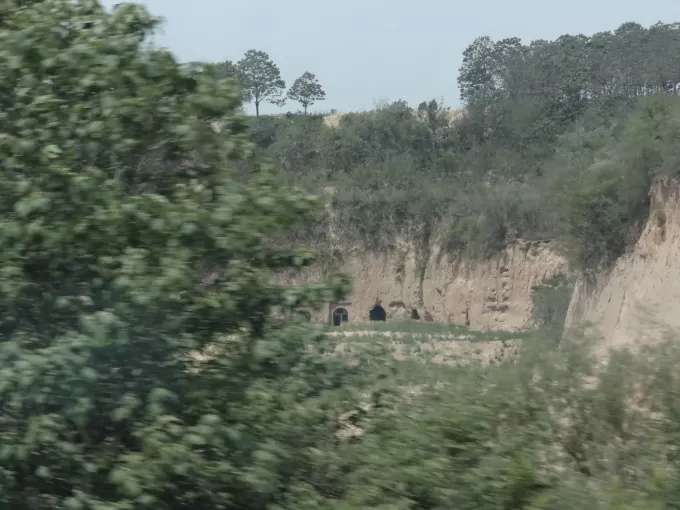
When you arrive in the city, you'll see a lot of things dedicated to DuFu (杜甫). DuFu lived in the Tang Dynasty (700s) and is considered perhaps China's best poet! According to the Chinese, he was born here and is still revered as seen through the statues and monument decorating the city. According to the tour guide, the Chinese consider him the #1 literary person to know and he has often been considered the "Chinese Shakespeare." His ancestral home is here too!

SONG TOMBS
Once we arrived, we had a small trek to our restaurant so we walked through the Imperial Mausoleums of the Song Dynasty (960-1279). Also called the "Song Tombs", this area is where all but one emperor of the North Song Dynasty are buried. They include Tai Zu (Zhao Kuangyin), Tai Zong (Zhao Guangyi), Zhen Zong (Zhao Heng), Ren Zong (Zhao Zhen), Ying Zong (Zhao Shu), Shen Zong (Zhao Xu) and Zhe Zong (Zhao Xu). :)
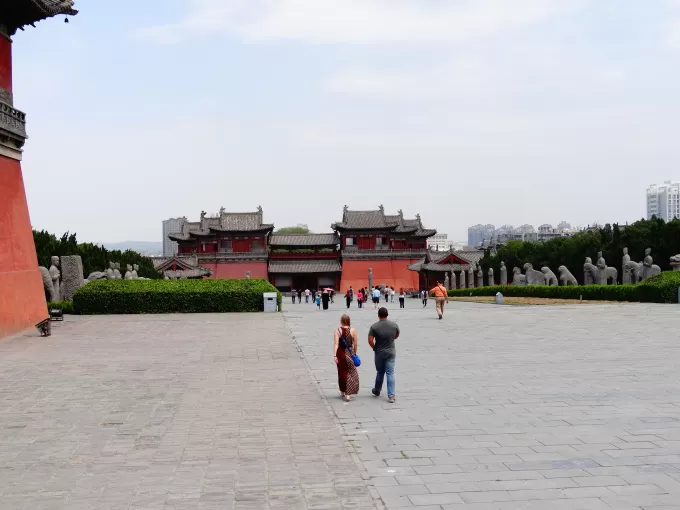
This part was free (it's just a giant city part area where you can walk around) and was huge for a city park. A great place to take your kids for a picnic! Up towards the tombs themselves are a long row of stone statues that were really interesting.
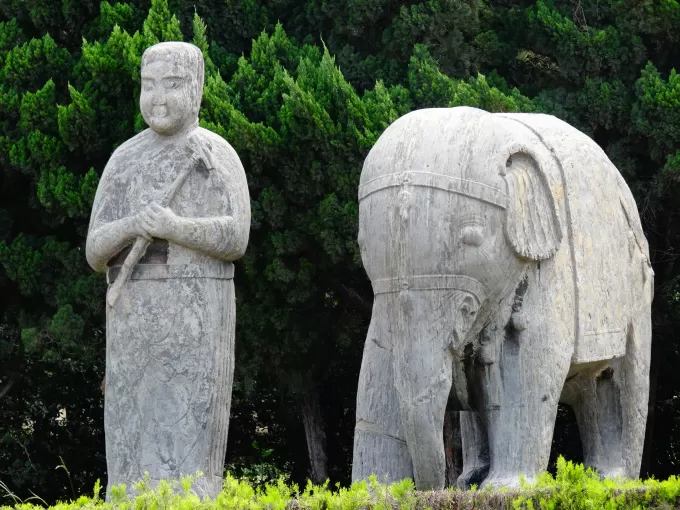
Kang Family Mansion
After lunch, we got back on the bus and took about a 20 minute ride to the Kang Mansion (Kangbaiwan - 河南巩义康百万庄园). "Baiwan" means Millionaire, so this is the home of the Millionaire Kang family. Considering that they lived hundreds of years ago, that's a pretty big claim!
The family originated with Kang Ying-Kui in the Ming Dynasty, and its fame lasted more than 400 years (that's 13 generations!). According to a monument inside, the family was famous not only for its wealth, but also for its honor. The monument is a plaque written by an emperor honoring the Kangs for having 8 generations of "good, noble, honest sons." Apparently, they were loyal, fair, honest, and not corrupt--well worth honoring!
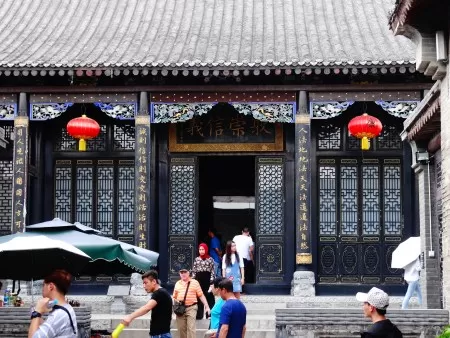
Kang Ying-Kui came to fame by suppressing Bailianism (a so-called the White Lotus Religion-- mixed Buddhism with Taoism and worshipped a goddess Wusheng Laomu). The group didn't fit in with the accepted religions of the time and allowed men and women to "interact in a shockingly free manner." :P (Apparently they brought a bunch of "groups" together and were a threat of rebellion.
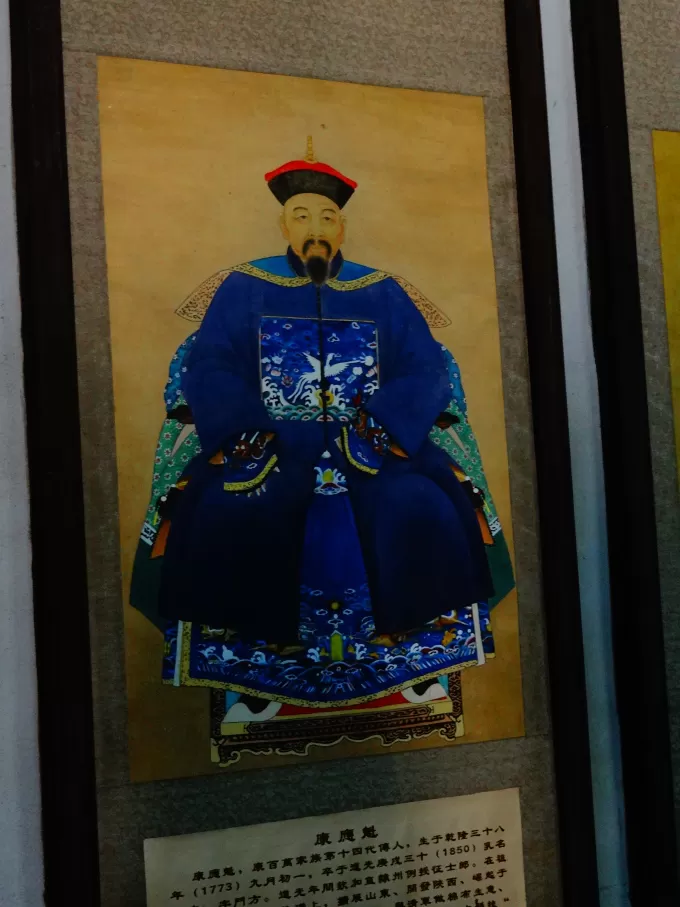
Anyway, the Kangs were really fashionable and already pretty rich from their own business (river transportation and agricultural products). There was some sort of phrase like "if you travel 1000 miles you'll still be on Kang property). This brought them to the notice of the royal family who helped raise them up even further.
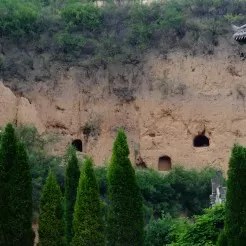
Inside, there are 19 different parts and about 65,000 square meters. There are 53 multi-story buildings, 97 "bungalows," 73 cave homes, and approximately 570 rooms in total.
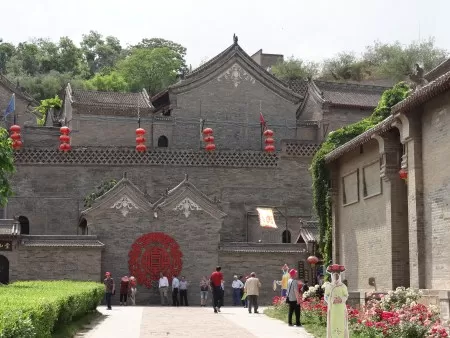
It was built in the 17th - 18th centuries (1600s-1700s), and the architecture is in the form of the North China "Loess plateau" style. Basically, that means it was in the era's feudalistic form (many small buildings with hundreds of carvings and art in the wooden, brick, and stone beams. It follow strict formality and traditionalism--"building face the street, ports on the river, cave dwellings in the mountains--everything according to its place and order." In the 1960s and 1970s, their home was one of the 3 largest in China--today it's the only one of the three that is open to the public.
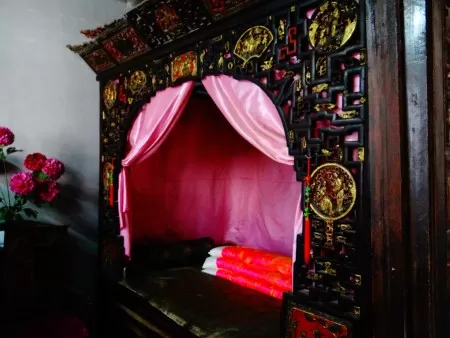
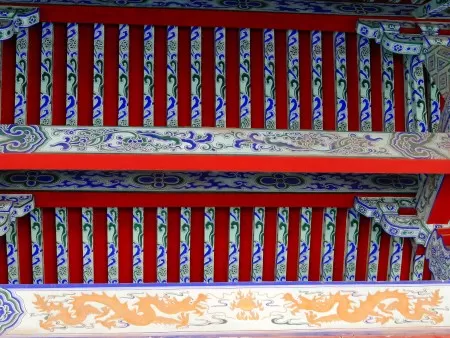
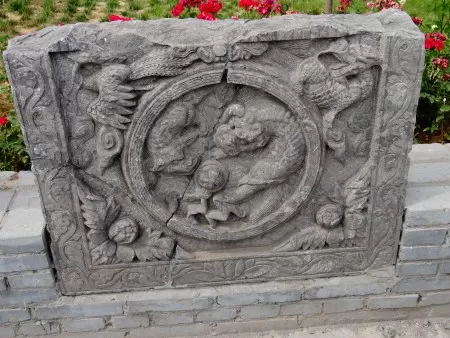
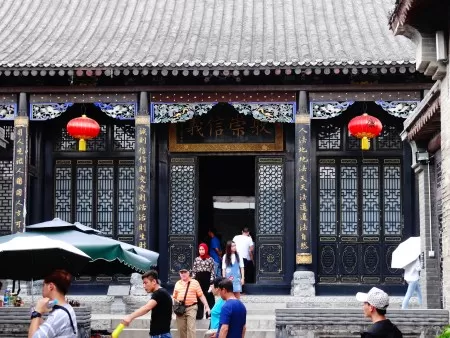
Admissions: 30RMB (about $4.50)
Anyone 60 years or older get 1/2 their tickets (I think?). People 70 years or older aree free. Full time students can have 1/2 price and children under 1.4 meters are free. People with disability cards are free, as are servicemen and disabled veterans.
Opening hours: 8:00-18:30
Transportation
2. Take NO.11 bus in Gongyi city to terminal station (1 Yuan) and then transfer to Kangdian town by minibus (1 Yuan).
Website: Here
Gongyi Grottos
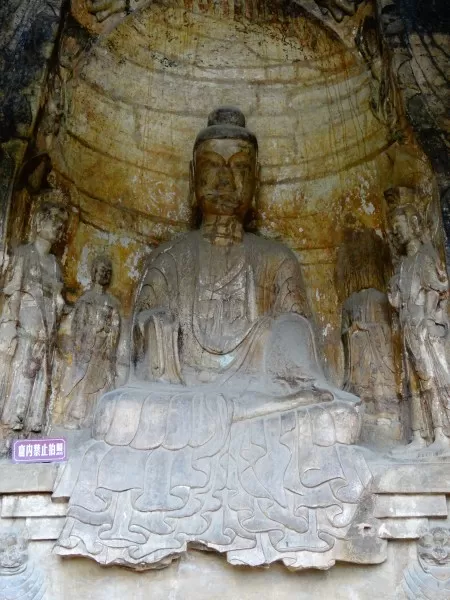
Fabulous! The Gongyi Grottos is a Buddhist temple created around the Northern Wei period of 479-499 AD. The statues though are as old as 384 - around the 600s AD. There is the nearby Longmen Grottos in Luoyang, but the Gongyi set is somewhat more well preserved (although not quite so large).
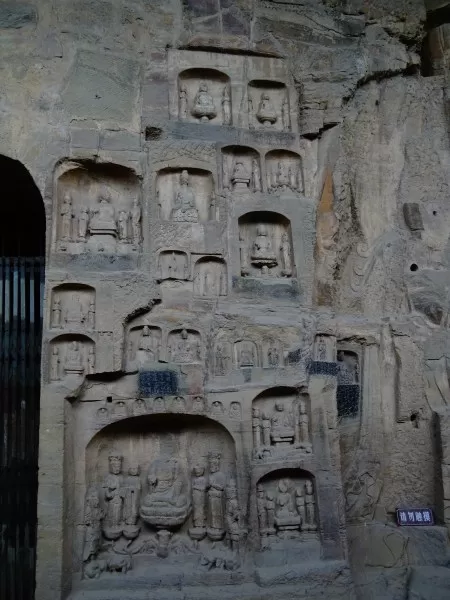
To be honest, a lot of the younger people were quickly bored here -- but as a historian and cultural student, I found the place truly fascinating. They have one very elaborate, colored and painted temple area with a tall statue surrounding by the various Buddhist deities on either side. All set in beautiful painted depictions of myths and stories.
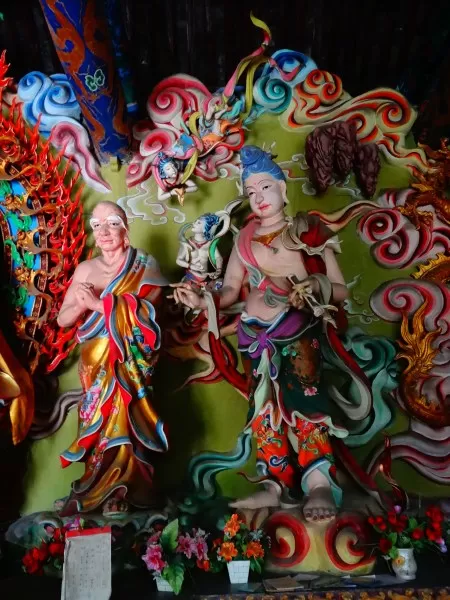
All in all, it was a lovely day full of awesome art, history, and culture. My favorite kind of trip!
